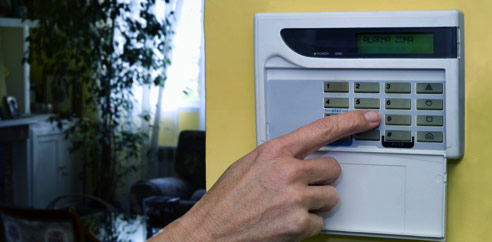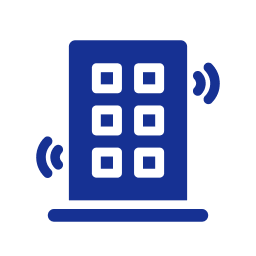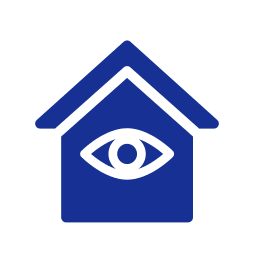How To Make Your Home Hard To Hack
 If you think a bad guy has to physically break into your home to steal from you, you might want to think again. As more devices in your home become connected to the Internet—the Internet of Things (IoT)—the more data they can gather about you like Social Security numbers, bank account, and credit card information.
If you think a bad guy has to physically break into your home to steal from you, you might want to think again. As more devices in your home become connected to the Internet—the Internet of Things (IoT)—the more data they can gather about you like Social Security numbers, bank account, and credit card information.
That’s why cybercriminals are turning their attention to hacking into common household devices, including refrigerators, TVs, thermostats, and even baby monitors to crack your home network and gain access to valuable personal information.
In July 2014, Hewlett-Packard released a report detailing the poor security of IoT devices, saying that although they have made our lives easier, “they’ve also created new attack vectors for hackers.”
While your home security system is the best way to protect your family and your home from physical burglars, following these tips will also help you keep the cybercrooks at bay. Here are three ways to keep these cyberattackers from getting into your home:
1. Change the Default Passwords
If you’re like most people, you probably haven’t taken the time to change the factory-set usernames and passwords on your connected device(s). That means you’re very vulnerable to hackers. The issue is that many manufacturers use the same default passwords for all their products—passwords that hackers can easily find online and use to breach your network. So be sure to change username and passwords for all your connected products.
This is particularly true when it comes to routers, so when you set you your Wi-Fi network be sure to use a strong encryption technique. Routers are pretty easy for cybercriminals to access and once they get onto your network, there’s no telling what they might do—including redirecting all your web traffic. You should change the network ID and password your Internet service provider assigns to you as soon as your service has been installed, and then change your username and password every month or two.
2. Keep Your Software Updated
Hackers can also get into your home network through the software that’s running on your connected devices. So it’s critical that you update the software when prompted by the manufacturer. In addition, you should run some type of antivirus and anti-malware software that is routinely updated.
You should be very careful about any software you plan to download and install on your machines. Only download software from sources you trust such as the Apple App Store of the Google Play store. Downloading software from untrusted sources is an invitation to the hackers to place spyware on your device that they can use to record keystrokes, intercept data transfers, and steal data from the hard drive.
3. Location, Location, Location
It’s important not to place connected devices in places where those devices could capture your personal info, including pictures and video.
Next Steps:
- Subscribe to our blog to stay informed about the latest security news and insight.
- Stay up to date on security topics such as home alarm systems, business security systems, video surveillance systems, IP video networks, remote video monitoring, fire alarm systems, and fire alarm inspection.

















